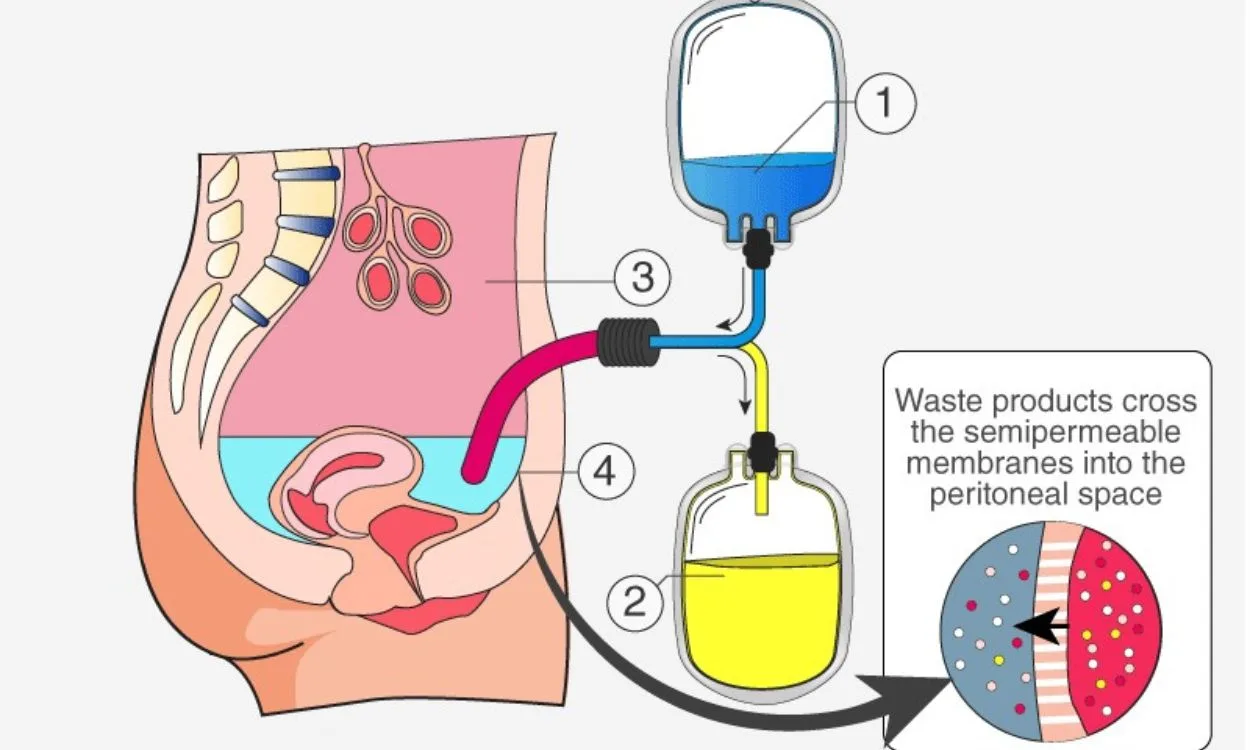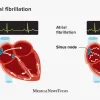What is Peritoneal Dialysis and How Does it Work?
Peritoneal dialysis is a medical procedure used to treat kidney failure. It is an alternative to hemodialysis, which involves filtering the blood outside the body. Peritoneal dialysis uses the lining of the abdomen, called the peritoneum, to filter waste and excess fluid from the body.
How does Peritoneal Dialysis work?
- Insertion of Catheter: The first step in peritoneal dialysis is the insertion of a catheter into the abdomen. This catheter serves as a pathway for the dialysis solution to be introduced and removed from the peritoneal cavity.
- Dialysis Solution: A special fluid, known as dialysis solution or dialysate, is used in peritoneal dialysis. This solution contains a mixture of electrolytes and glucose.
- Filling the Peritoneal Cavity: The dialysis solution is introduced into the peritoneal cavity through the catheter. It fills the space around the abdominal organs.
- Diffusion and Osmosis: Once the dialysis solution is in the peritoneal cavity, diffusion and osmosis occur. Waste products and excess fluid present in the blood pass through the peritoneal membrane and into the dialysis solution.
- Dwell Time: The dialysis solution is left in the peritoneal cavity for a certain period of time, known as the dwell time. During this time, the waste products and excess fluid continue to be removed from the blood.
- Draining the Dialysis Solution: After the dwell time, the dialysis solution, now containing the waste products, is drained out of the peritoneal cavity and discarded.
- Cycles: Peritoneal dialysis is typically performed in cycles, which consist of filling, dwell time, and draining. The number and duration of cycles depend on the individual’s needs and the prescribed treatment plan.
Advantages of Peritoneal Dialysis
- Flexibility: Peritoneal dialysis can be done at home, allowing for more independence and flexibility compared to hemodialysis, which requires frequent visits to a dialysis center.
- Continuous Treatment: Peritoneal dialysis provides continuous treatment, as the dialysis solution remains in the peritoneal cavity for an extended period of time.
- Preservation of Residual Kidney Function: Peritoneal dialysis may help preserve some residual kidney function, as it does not put as much stress on the kidneys as hemodialysis.
- Fewer Dietary Restrictions: Peritoneal dialysis may allow for fewer dietary restrictions compared to hemodialysis, as it provides more continuous and gentle removal of waste products.
Fitpaa: Your Partner in Health and Fitness
At Fitpaa, we believe in helping individuals achieve their health and fitness goals. While this article has focused on peritoneal dialysis, we understand that overall well-being is crucial for a fulfilling life.
Our Fitpaa app provides personalized guidance, support, and tools to help you achieve your health and fitness goals. From nutrition tracking to workout planning, our team of experts is dedicated to helping you improve your overall health.
If you’re looking to take control of your health and fitness, download the Fitpaa app today. Our goal-oriented services, tailored for the Indian population, can provide the support you need to lead a healthy and fulfilling life.
Remember, your well-being is our mission. Let Fitpaa be your partner in achieving your health and fitness goals.









